Opposition says QueensWay is not the way
By Jessica Meditz
jmeditz@queensledger.com
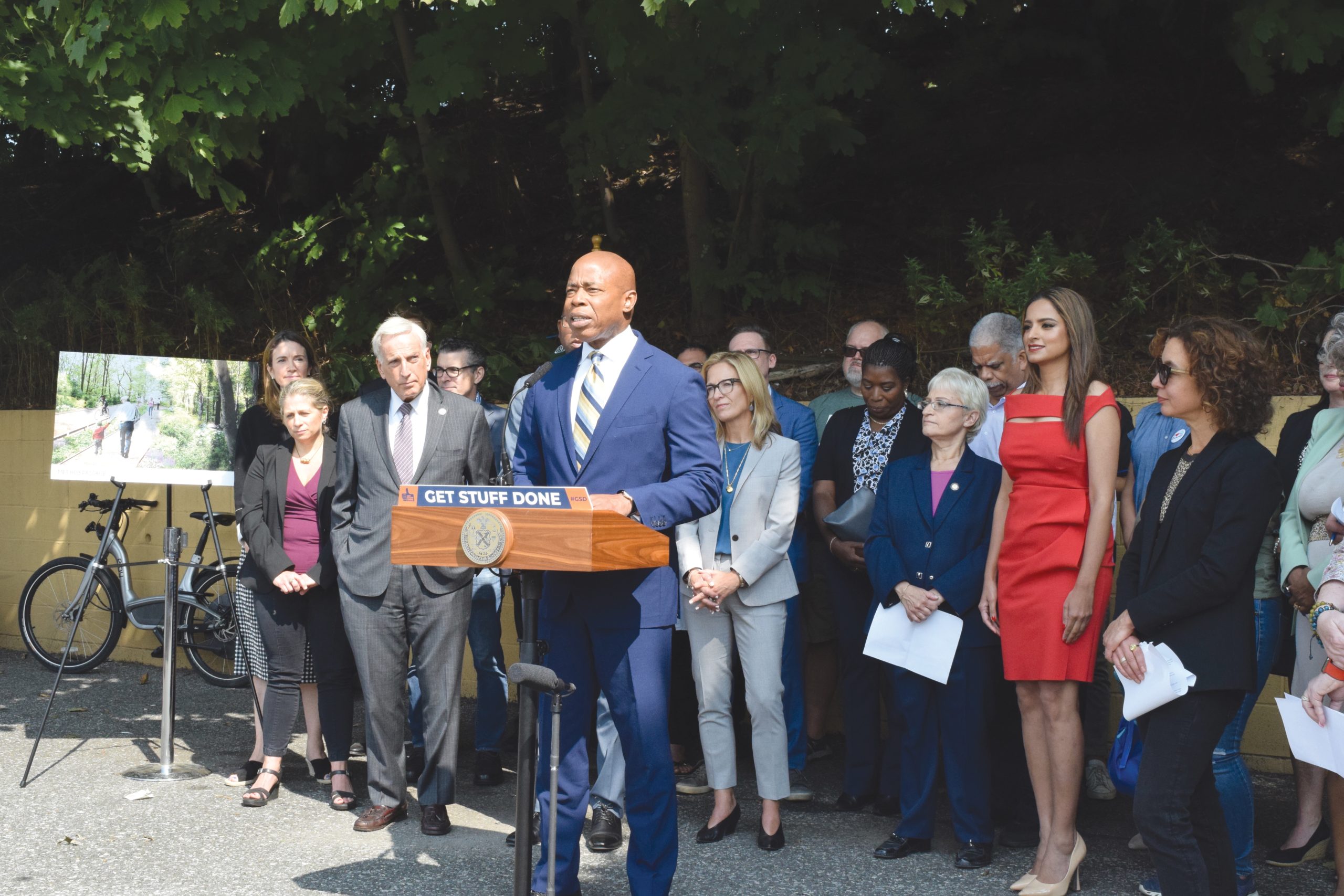
Eric Adams paid a visit to Forest Hills for the announcement.
After over a decade of advocacy, the QueensWay is slated to make its way into Queens.
The city plans to spend $35 million to begin phase one of construction for a linear park along 3.5 miles of abandoned railroad tracks that run through Central and Southern Queens, Mayor Eric Adams announced last Friday.
Adams and other elected officials gathered on Trotting Course Lane in Forest Hills, just where the Metropolitan Hub, a portion of the QueensWay will be situated, to make the announcement.
QueensWay will be built along the former Rockaway Beach Branch line, which has not been utilized in more than 60 years. Once completed, the project will connect the neighborhoods of Rego Park, Forest Hills, Glendale, Woodhaven and Ozone Park, and provide a 47-acre park and seven miles of greenway.
“Phase one will convert abandoned railroad tracks which have been used as a dumping ground into a five-acre linear park and provide a safe way for residents to walk, jog or to enjoy the open space. We’ve learned during COVID-19 how important it is to have good quality open space, and it can’t be just in one part of the city…This park is going to be the center of the lives in this community,” Adams said.
Along with benefitting physical and mental health, Adams cited air quality improvement, increased visibility for small businesses, creativity and better accessibility to public transportation as upsides to the park’s development.
He added that linear parks have proven to be successful, as seen by the Highline on the west side of Manhattan.
“We can have High Line and High Times in the outer boroughs as well, and that is why we’re bringing [QueensWay] to this amazing community here in Queens,” Adams said.
“Because of the density of our city, linear parks penetrate deep into neighborhoods, and don’t just focus on one particular area, allowing us to go further in open space. It allows eyesores like what’s behind us to go from an eyesore to an oasis.”
Councilwoman Lynn Schulman, who represents the neighborhoods of Forest Hills, Rego Park, Kew Gardens and Richmond Hill in District 29, has been a key force in getting QueensWay off the ground — advocating for the project since her days at Community Board 6.
“I can’t believe that we’re here today…We are facing a once in a civilization public health challenge to save our planet from destruction within, and today’s investment by Mayor Adams in a linear park right here in Forest Hills, Queens is a huge step and meeting this challenge,” Schulman said.
“It was 10 years ago that two friends and constituents…brought me their dream of creating a linear park where our kids could play, seniors could exercise and get fresh air and bicyclists could have safe bike paths. There were many obstacles to overcome, but I was determined when I took office in January that I would bring this extraordinary vision to fruition,” she continued. “The QueensWay will now become a reality.”
Approximately 322,000 people live within a mile radius of the QueensWay.
The proposed project would connect residents to 10 bus lines and four subway stations.
In addition, there are 12 schools within a five-minute walk of the QueensWay and two Little League field complexes directly adjoining it.

A map of the proposed QueensWay.
Assemblywoman Jenifer Rajkumar expressed her support for the plan, as she represents District 38’s neighborhoods of Glendale, Ozone Park, Richmond Hill, Ridgewood, and Woodhaven.
“This is a great day for my district. It’s a great day for South Queens,” she said. “QueensWay will draw 1 million visitors every year. It will generate $2.2 million in new revenue…also, all the major thoroughfares in my district will be connected to QueensWay. That includes Rockaway Boulevard, 101st Avenue, Jamaica Avenue and Atlantic Avenue. This is extremely exciting for my district.”
The announcement was met with some criticism and slight heckling from advocates of the QueensLink, a proposed 3.5-mile long transit and park corridor in the same space, which would connect northern and southern Queens.
The plan calls for both transit and park space in the community, and puts forth the argument that building only the park would “block any future use of transit on the line and deprive Southern Queens residents of a faster commute and less traffic while reducing pollution and carbon emissions.”
“We can have both, but if they design the park first without knowing where the train’s going to be, they might have to tear up the park to put in the train later. It makes no sense,” Miriam Bensman, senior adviser at QueensLink, said.
“They’re talking about transit, but they’re not doing anything about it. So the key is, if you really do care about public transit, and it’s not just a campaign slogan, then you need to take it seriously and study the integration of a Transit Link, which would be a subway and a park,” Rick Horan, executive director of QueensLink, said.
“Our goal is to try to see if there’s enough value in this project to get it there. But the only way we can do that is to study it,” he continued. “So we’ve been promoting an Environmental Impact Statement for QueensLink, which includes rail entry.”
QueensLink penned a letter to both Adams and Gov. Kathy Hochul last month in support of an EIS for the project.
Fifteen local elected officials signed off on the letter, including Rajkumar, Queens Borough President Donovan Richards and Assemblyman David Weprin — who were all present at Friday’s announcement.
Rajkumar told The Queens Ledger that she is still in support of the QueensLink, and that both plans are needed for residents of Queens.
“Together, these plans both create green space and meet our transit needs. Constructing the QueensWay while also reactivating the rail line to create the QueensLink is perfectly feasible,” she said.
“Rail service combined with greenway, known as ‘rails-with-trails,’ is incredibly common: there are 343 rails-with-trails in the United States alone, with a combined length of almost 1,000 miles,” she continued. “In fact, building the QueensLink along the QueensWay would be very similar to plans to add rail service to Atlanta’s BeltLine elevated park. I continue to support an Environmental Impact Statement on the QueensLink, which would fill our transit desert with a vital north-south Subway corridor.”



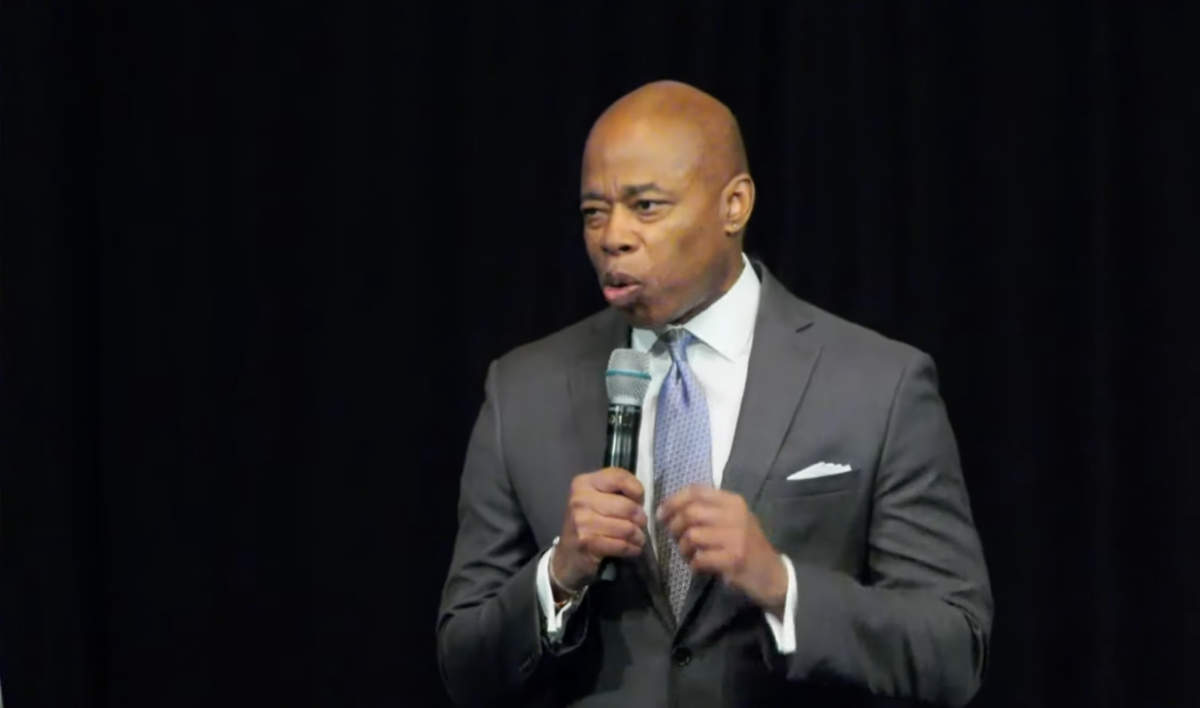
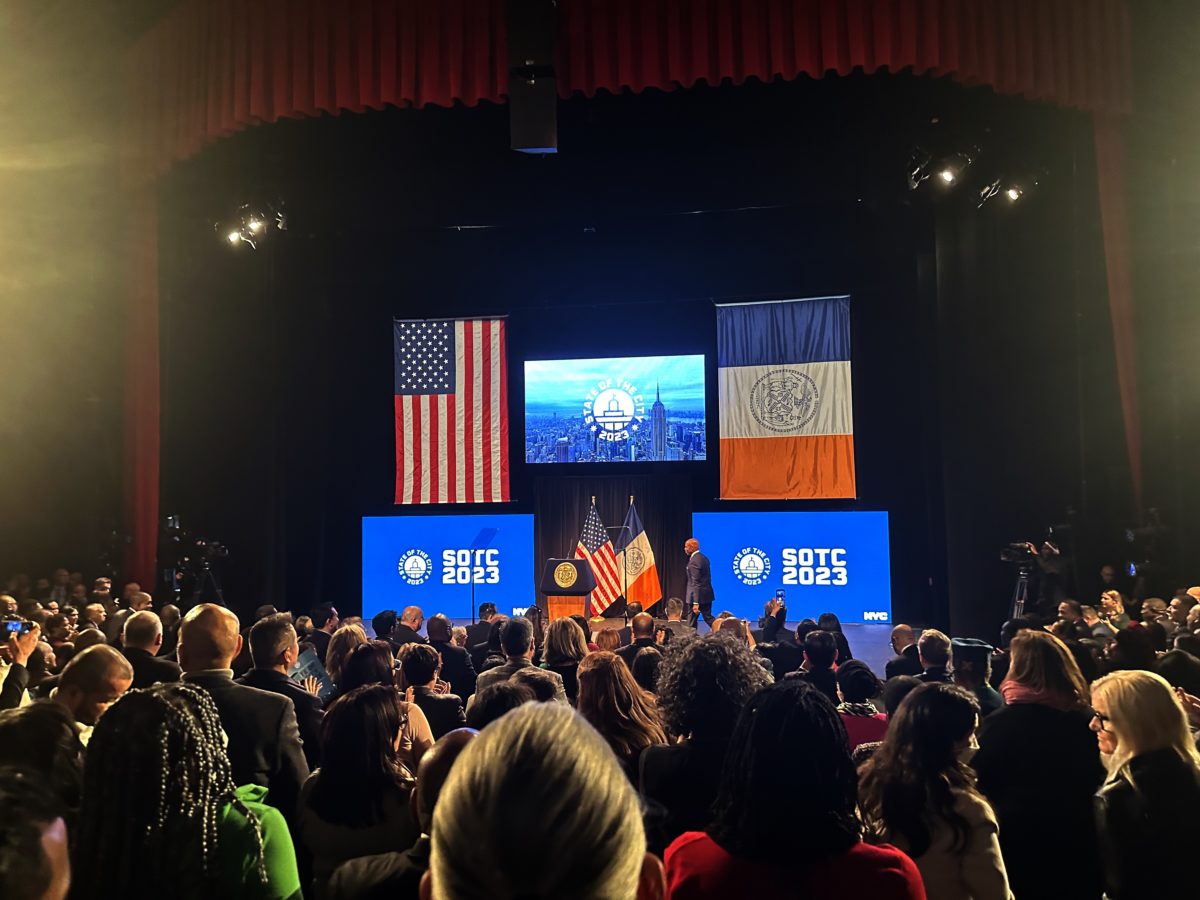
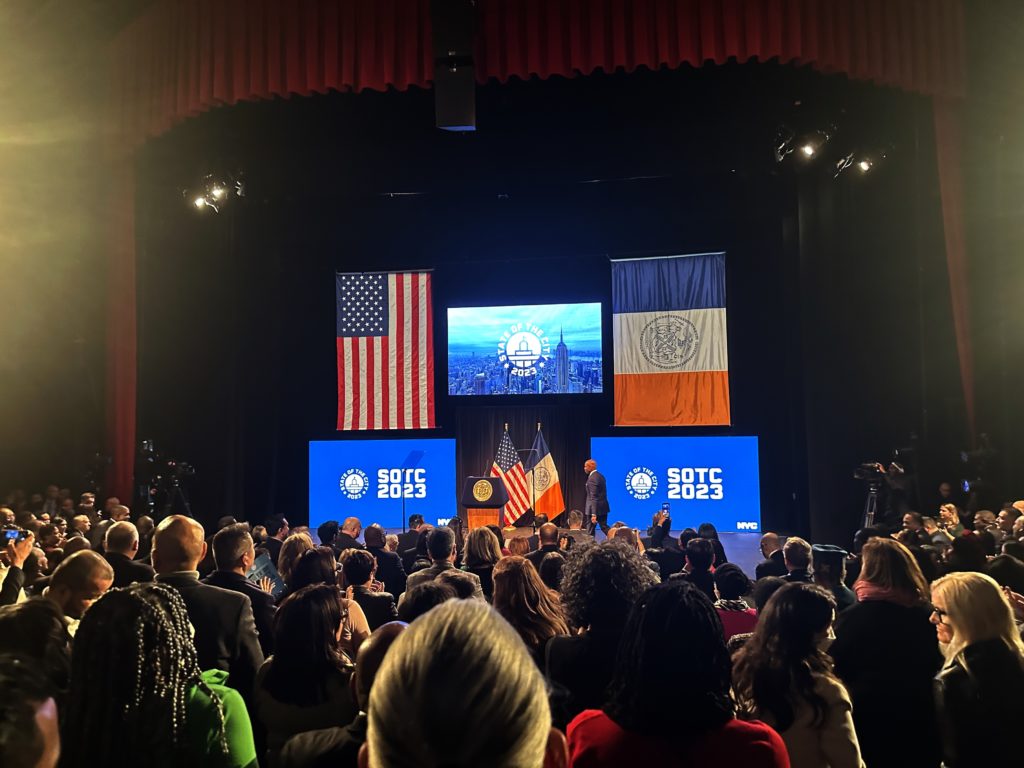
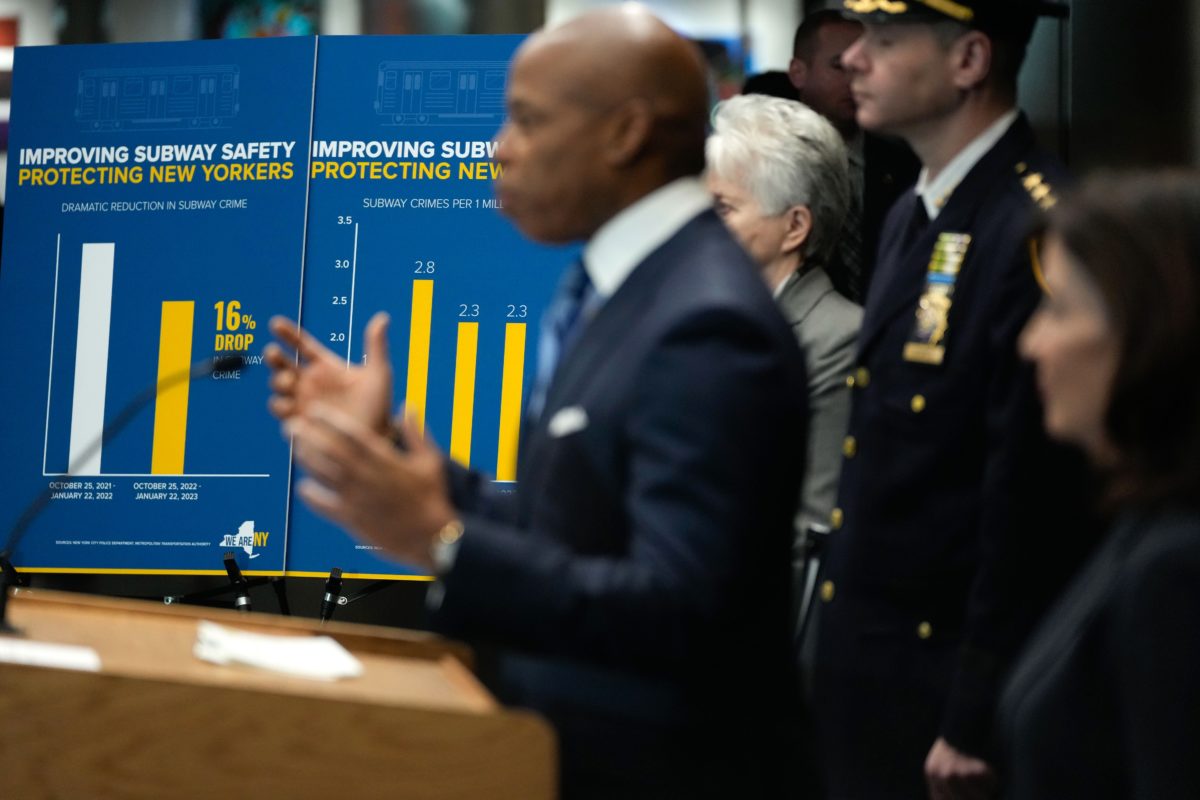
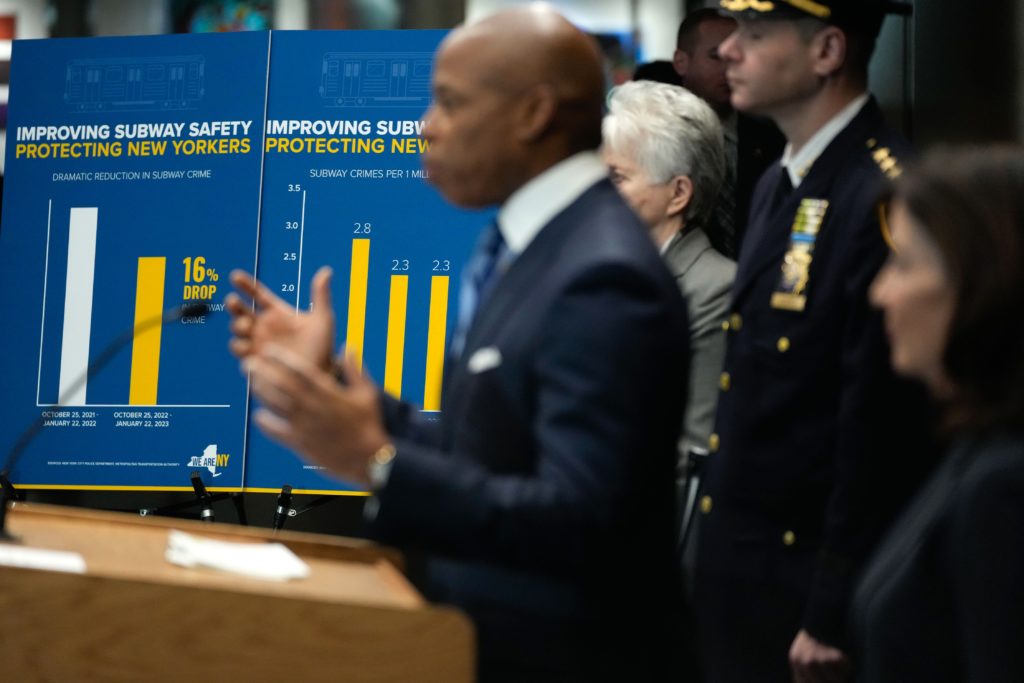
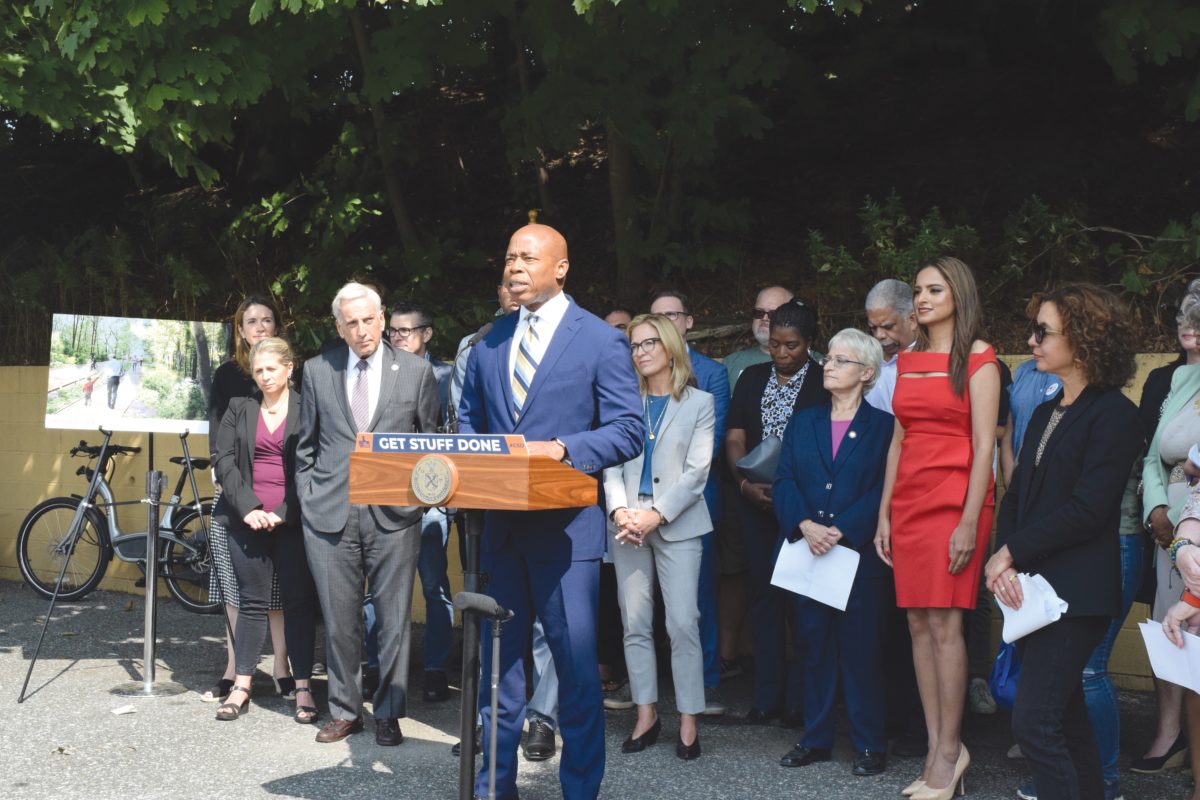


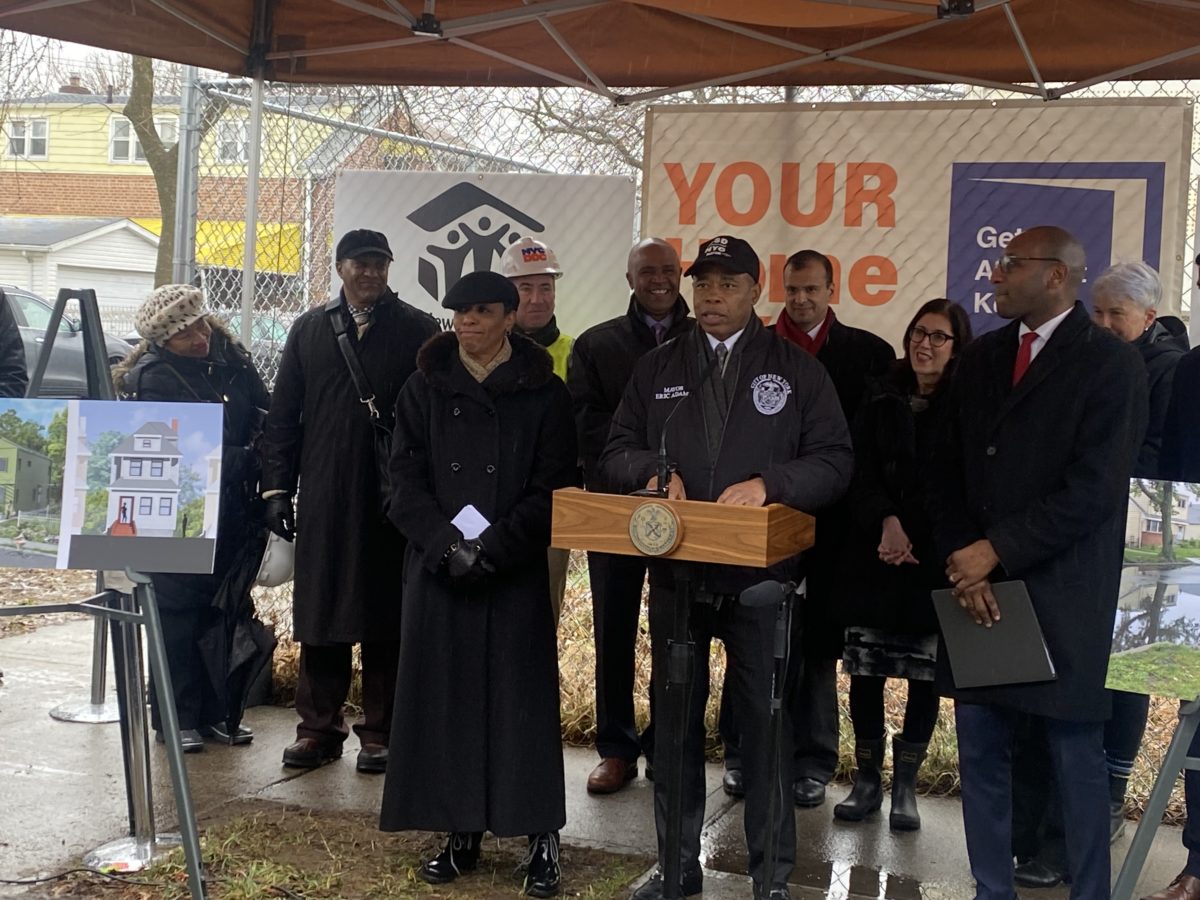
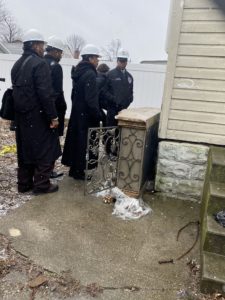 The street improvements and flood-alleviating measures include over one mile of new storm sewers, with an additional 2,265 feet of existing storm sewers being replaced. A total of 55 new catch basins were installed and 53 old ones were replaced.
The street improvements and flood-alleviating measures include over one mile of new storm sewers, with an additional 2,265 feet of existing storm sewers being replaced. A total of 55 new catch basins were installed and 53 old ones were replaced.